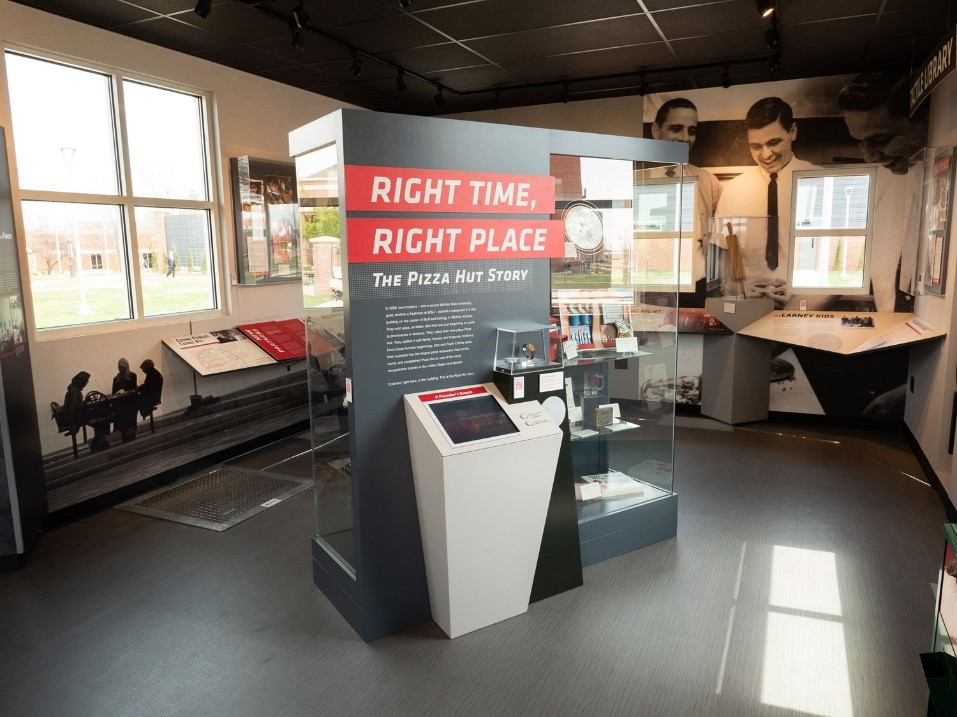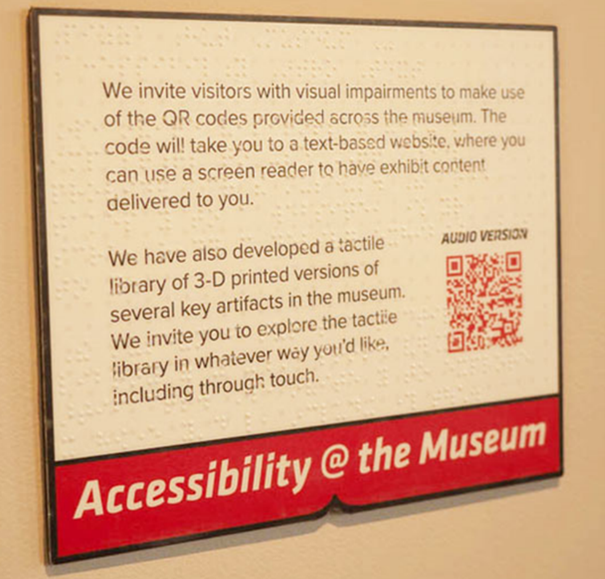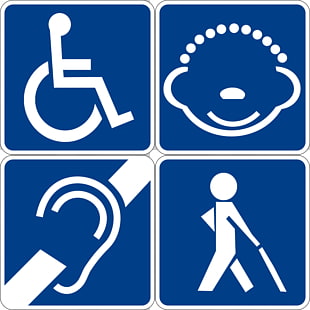Written by James Boorn, an accessibility advocate and student in the University of Washington Museum Studies Certification Program
 The American with Disabilities Act of 1990 (ADA) – a civil rights law that prohibits discrimination based on disability – celebrated its 30th anniversary in 2020 in the midst of a global pandemic and a national social justice movement. In the face of these 2020 events, museums across the country were met with multiple barriers to meet their missions and to provide engaging, inclusive programming to their diverse audiences. In 2020, museums recognized the ADA through the development of accessibility evaluations and programs, an increased involvement in diversity through collections, exhibitions, and staffing; and the moving of in-person programing to virtual platforms.
The American with Disabilities Act of 1990 (ADA) – a civil rights law that prohibits discrimination based on disability – celebrated its 30th anniversary in 2020 in the midst of a global pandemic and a national social justice movement. In the face of these 2020 events, museums across the country were met with multiple barriers to meet their missions and to provide engaging, inclusive programming to their diverse audiences. In 2020, museums recognized the ADA through the development of accessibility evaluations and programs, an increased involvement in diversity through collections, exhibitions, and staffing; and the moving of in-person programing to virtual platforms.
Improving museum accessibility in this environment has been a struggle due to several factors: funding, knowledge, community availability, etc. To better understand the current environment and get a feel for the standards of accessibility in the field, I reached out to several museum professionals who are involved in varying levels of accessibility improvement.
In general, everyone I talked with were passionate about improving museum accessibility in every aspect from the physical facility, to exhibitions and programming. However, they also expressed a frustration in the lack of a cohesive structure to power accessibility improvements. So, how do museums assess or evaluate their state of accessibility across multiple disciplines and the varying disabilities (physical/mobility, blind/low vision, Deaf/hearing impaired, neurological, developmental/cognitive, dementia/Alzheimer) of their audiences? I found that the answer to this question varied based on the size of the organization and the emphasis from leadership to make improvements.
 It was quite astonishing to me that federal government agencies were the ones who were developing and implementing the most comprehensive accessibility improvements. Both the Smithsonian and the National Parks Service (NPS) have detailed accessibility assessment documents, which are available online and are excellent resources. Specifically, the NPS has established accessibility offices at its national and regional offices, and each site has a designated accessibility coordinator. Together, the site accessibility coordinator works with the regional offices to conduct a site assessment of both the physical site and its programs. From this assessment, a transition plan is developed to correct deficiency and enhance the visitor experience for individuals with disabilities. But the possible shortcoming is the need to obtain funding for improvement through the federal budgeting process that can take years. Additionally, a relatively recent assessment and transition plan was completed at the Klondike Gold Rush Historic Site in Seattle, WA.
It was quite astonishing to me that federal government agencies were the ones who were developing and implementing the most comprehensive accessibility improvements. Both the Smithsonian and the National Parks Service (NPS) have detailed accessibility assessment documents, which are available online and are excellent resources. Specifically, the NPS has established accessibility offices at its national and regional offices, and each site has a designated accessibility coordinator. Together, the site accessibility coordinator works with the regional offices to conduct a site assessment of both the physical site and its programs. From this assessment, a transition plan is developed to correct deficiency and enhance the visitor experience for individuals with disabilities. But the possible shortcoming is the need to obtain funding for improvement through the federal budgeting process that can take years. Additionally, a relatively recent assessment and transition plan was completed at the Klondike Gold Rush Historic Site in Seattle, WA.
Now at the state level, there are a variety of programs that can benefit state museums in improving accessibility standards. One initiative that is showing progress is a joint effort by Pennsylvania Historical & Museum Commission (PHMC) and PA Museums statewide trade association. In this cooperative, the association obtained an Institute of Museum and Library Service (IMLS) grant to develop a program very much like the NPS initiative. This program will offer a detailed accessibility assessment that all state-operated museums will participate in, and its completion will result in a transition plan that is backed by PHMC. Additionally, the program will provide a toolkit of resources to assist in the implementation of the identified improvements. The assessment and toolkit will be made available to the public at Accessibility Excellence.
In another example, the Utah Division of Arts and Museum has partnered with a non-profit disability organization, Art Access Utah, to provide an accessibility evaluation and training to Utah-based cultural organizations. Several Utah museums have taken part in the program and have received individual consultations on developing accessibility improvement plans.
 Based on my interviews and research, it was clear most museums are left on their own to assess and implement accessibility improvements, and there are varying ways in which a museum can address accessibility in their organization. Some have a designated accessibility coordinator – (full- or part-time) whose job is to assess the museum for accessibility and develop plans and programs – and other museums have hired consultants to assess their needs and assist in developing plans and programs to meet those needs. While in other museums, the accessibility is left up to individual functional areas to develop programs.
Based on my interviews and research, it was clear most museums are left on their own to assess and implement accessibility improvements, and there are varying ways in which a museum can address accessibility in their organization. Some have a designated accessibility coordinator – (full- or part-time) whose job is to assess the museum for accessibility and develop plans and programs – and other museums have hired consultants to assess their needs and assist in developing plans and programs to meet those needs. While in other museums, the accessibility is left up to individual functional areas to develop programs.
In all cases, resources are limited and the most successful programs seem to have acquired grant funding to assist in their accessibility programming development. In addition, individual museums must develop the tools and plans to identify where there is potential for improvement, often duplicating the work of others. Museums could benefit from the help of regional and state museum associations and disability organizations.
However, for a regional or state association to assist in improving accessibility, it is important to recognize the current overall state of accessibility in the museum field. To that end, I have created a Museum Accessibility Survey intended to provide an understanding of the current perception of accessibility among museums and related organizations.
Please take the survey here and encourage other museum professionals and volunteers to take a few minutes to complete the survey. The results of the survey will be presented in a future blog post.
James Boorn is an accessibility advocate and a student in the University of Washington Museum Studies Certificate Program. He is a retire USAF pilot and Boeing project manager. With his wife Dr. Alida Boorn, a blind independent historian, they advocate for accessibility in professional organization and museums, and recently assessed the accessibility at Wichita State University museums.







